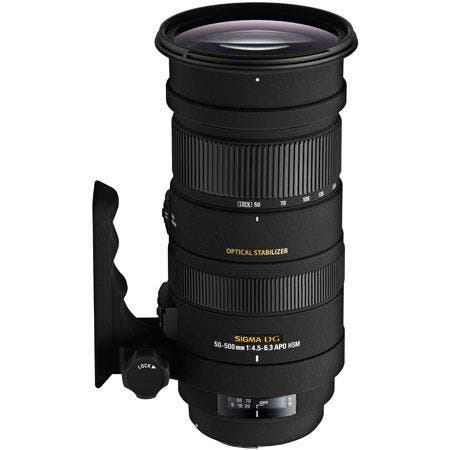

If you’re not specializing in low-light photography, getting lenses with a higher max aperture can save you lots of money. Meanwhile, a higher aperture number (f/4) means the sensor opens more narrowly and is better suited for bright conditions. This lets you capture clear and sharp images even in a dark environment. ApertureĪ lens aperture is the opening through which light can enter your camera, with a lower aperture number (f/1.2) meaning more light can get in. Next, these are the fundamental aspects of a lens that you should pay attention to. $847 at Amazon What Should You Look For in a Lens? Moreover, zooming in manually will produce better images than doing it digitally in post-processing. The main benefits of zoom lenses are the versatility and ability to change focal lengths using the same lens. In other words, it lets you manipulate the framing of an image to be close-up or distant without having to physically move closer or farther away from your subject. On the other spectrum is the zoom lens, which supports a range of focal length so you can manually zoom in and out, depending on the shot you want to make. A longer prime lens is desirable for portrait and food shots, while mid-length lenses are more versatile, and shorter ones can be great for wide or landscape photography. Some common prime lenses include the 35, 50, and 85mm lengths. This means the sensor can let in more light and thus produce better images in low-light conditions. While it seems inflexible, this lens type can be great because it typically has faster apertures. Prime lenses have only one focal length which you can’t zoom. Different photography styles will benefit from different lens features. Before we dive in, it’s crucial to know the types of lenses you can get.


 0 kommentar(er)
0 kommentar(er)
